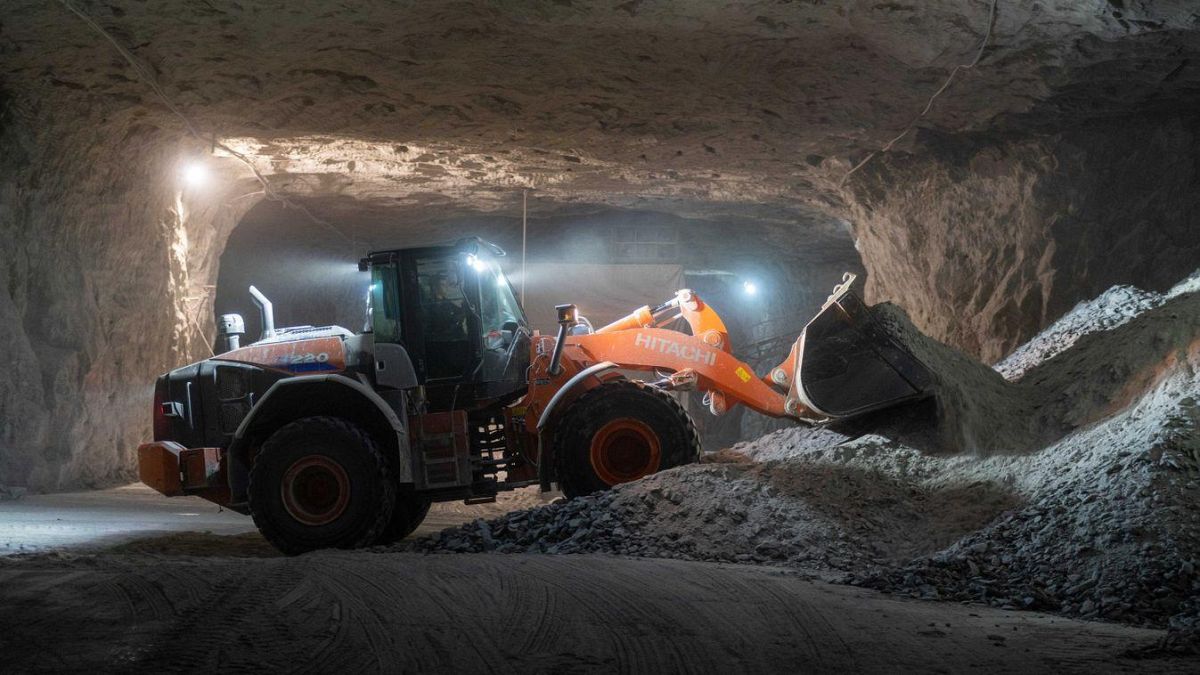Published on
Heavy flooding in Romania’s Harghita County — the worst in the past three decades — has led to critical conditions at the historical Praid salt mine, one of Europe’s largest salt reserves and a major tourist attraction in the country, authorities said.
According to County Prefect Petres Sandor, the inflow of water is uncontrollable.
“We lost the fight with nature. The water has started to enter the salt mine again, with a flow that cannot be controlled at the moment,” Sandor told local press.
“Authorities will carry out an expertise as soon as possible to establish the condition of the walls, the pillars inside the mine, and to decide what to do next,” he added.
The Praid salt mine dates back to Roman times. In recent times, the attraction on the Via Transilvanica long-distance trail also served as a medical centre and a tourist destination, including an adventure park, a cinema, a small museum and other facilities, all located some 120 metres underground.
Scope of damage remains unclear
The authorities are yet to determine the extent of the salt mine emergency and the impact of the flooding.
“The situation is complicated. When water comes into contact with the salt, it immediately melts it and makes a hole,” Sorin Rindasu, head of the Emergency Situations department in the Romanian Waters Administration, said.
The flow of the Corund stream increased, resulting in the water further pouring into the mine, he added.
Authorities say that although the situation is critical, the flooding will not destabilise the entire mine.
“it would take quite a while for the water to dissolve so much salt inside to pose a problem of stability, we are talking about months, years, not days, weeks, in any case,” Sandor said.
In recent years, water leaks have already posed a problem to the mine, and authorities have carried out works to prevent infiltration.
The Romanian government offered assistance to the region to deal with the emergency situation, and the ministry of economy assured the residents that it would make further investments to reduce the impact of the salt mine’s flooding on Romanian tourism and reopen the mine for visitors.

